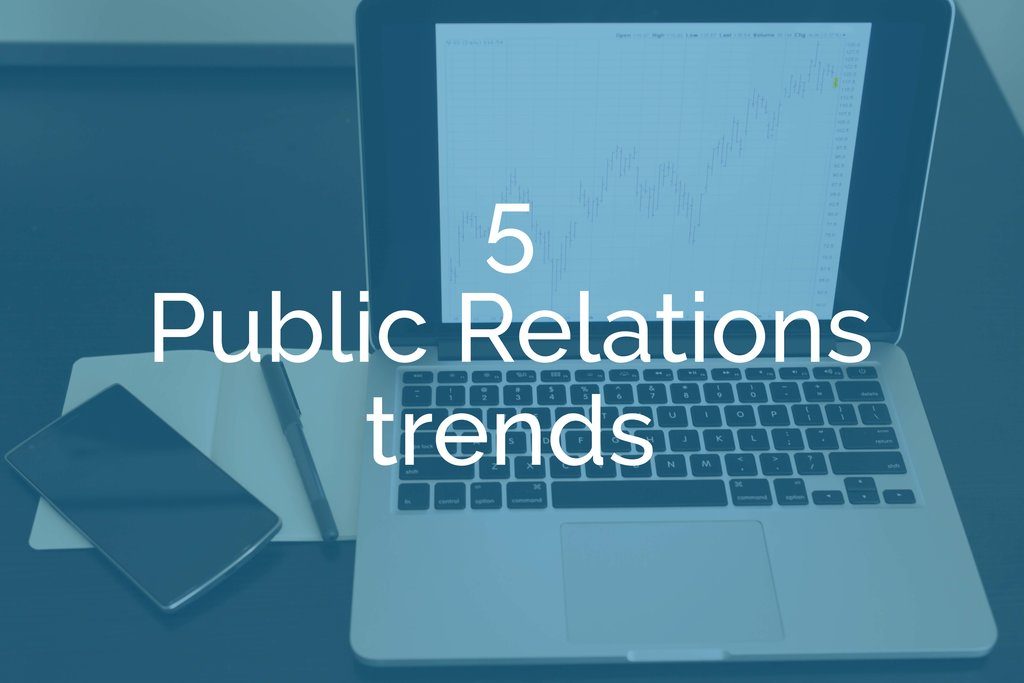*Nervously risking the disdain of our readers for pointing out the obvious*… technology has changed the way that government departments can reach and communicate with citizens and stakeholders. And these PR trends are here to help.
The role of the public relations professional has had to, of course, adapt to this change, and integration with other communication functions (marketing, digital, content, etc) is a reality. In fact, the Public Relations Institute of Australia (PRIA) recognises upwards of 1200 job titles these days. While previously media and public relations functions within the government were focused on managing media coverage of policies, now, according to WPP, the modern public relations professional needs to:
- Run long-term, strategic behaviour change communication campaigns using paid, owned and earned media
- Manage brand experiences across multiple touchpoints for digital public services
- Interact with citizens directly in social media, which requires high volume, rapid content production
Obvious point number two for the day: government departments, with some notable exceptions, are not known for being the most agile or adaptive environments.
Throw in the reality that media is no longer “local” (that is, what takes place on a Canberra-based department’s Facebook could theoretically wind up getting air time in the northern hemisphere) and there might be some risk aversion at play, too.
Because of this shifting landscape, many government communications organisations face a capability gap between what they need to do and what they can deliver today.
Here are five trends that modern PR professionals operating in the public sector need to tap into.
- Data-driven decision making
PR professionals, including those in government, typically make less use of data available than, say, social media strategists, because PR is inherently harder to measure.
But, did you know that data can answer questions and predict trends in news cycles and consumer interests? It can shed light on negative sentiment media articles or tell you the quality of your audience (as in, the alignment between your target audience and your actual audience).
Ultimately, PR professionals need to ask more questions about the data.
- Influencer marketing
The power of the influencer in the modern media landscape is undeniable. An influencer is someone with a regular, sizeable and engaged audience on social media platforms such as Facebook, Instagram and YouTube.
Tapping into this potential for the modern-day equivalent of “word of mouth” referrals is not a tactic reserved for products and brands. It is a way to share key messages, encourage attendance at events or increase brand awareness. For tips on how to find the best influencers for your PR campaign, click here.
- Use of virtual reality and augmented reality
The use of Virtual Reality (VR) and Augmented Reality (AR) is really taking off. Very techy and trendy, it can be a particularly useful communication tool in projects involving community consultation. contentgroup has seen virtual reality used successfully by the Ginninderra Project, run by CSIRO. Click here to find out how they’ve used VR.
- Storytelling
Public relations is the lens through which we can make government seem less government and more human. People connect with people; not high-level policy speak. Human stories and authentic storytelling is critical in raising awareness as well as changing behaviour.
The Alive and Well farm safety campaign (run by SafeWork NSW) and canberra.com.au are government projects that put this storytelling approach front and centre.
- Live video streaming is a place where the media mines for stories
(Strike three on the I know you know this scale): social media is taking unfiltered storytelling to the next level by offering video content in real-time.
Think about your own behaviour – do you read a newspaper in the morning, tune in to the 6 o’clock news every evening and consume no news in between? Unlikely, I’d venture to suggest.
Mainstream news sources are citing Facebook Live when covering major events and the government needs to get in on the action.
There are many pieces to the modern-day public relations puzzle, and capability building to sustain the PR function in the long term is an important one. Rather than solving a short-term PR problem, departments should look at ensuring they are designed and built to react to the shifting landscape in the future.
Have you seen any great examples of government departments adapting to any of these trends? Is your department doing PR well? We’d love to hear from you!
